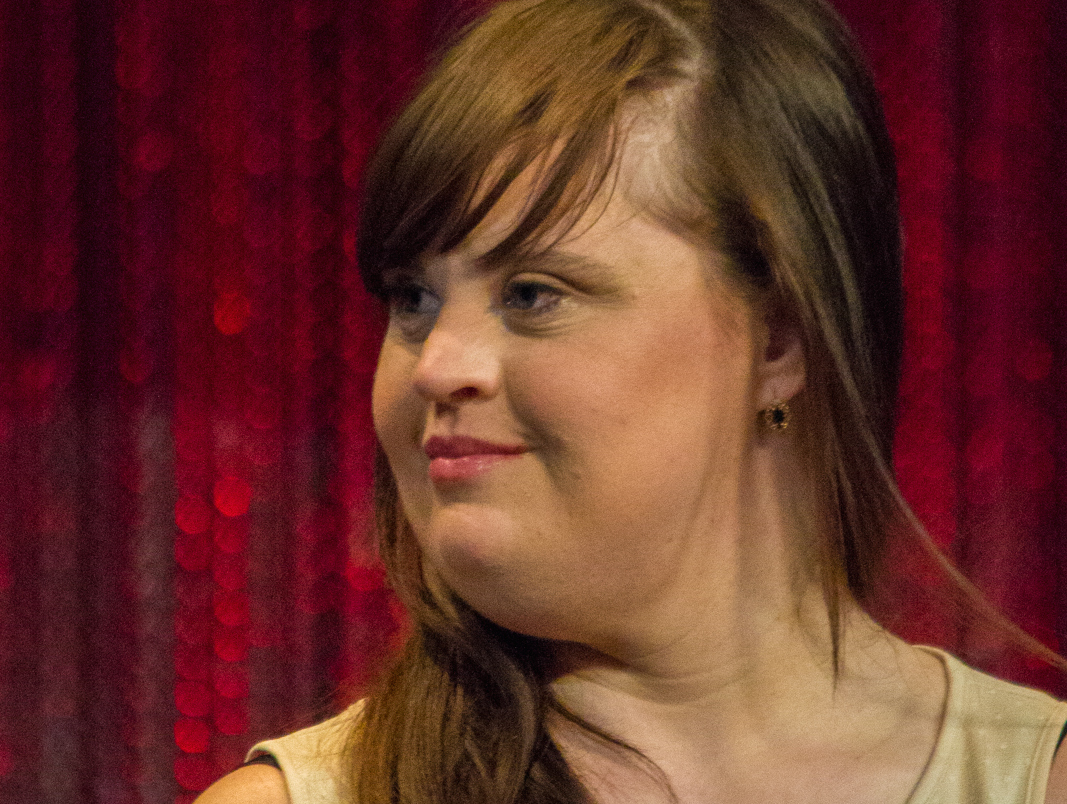If you read my column, you know that a lot of my focus is on health. I try out most new fad diets to see what I think about them, and some of them are great while others aren’t so much. I understand that we are all trying to figure out what the key to health and fitness is—I am too! I also know that the true answer is a well- rounded diet with exercise. But I would like to make one thing clear: gluten is a part of a well-rounded diet. I think flour products are some of the most divine edibles to be put on this earth. When I heard that a very large group of people were saying that gluten was evil…well I just about freaked out.
Gluten has been my friend for twenty-one years. It has never betrayed me, and I couldn’t believe that so many people had negative feelings toward it. I felt like I didn’t even know some of my best friends anymore. They were saying things like “Olivia, have you tried this quinoa pasta?” or “Yummm, cauliflower crusted pizza is better than that gluten infested stuff that the others eat.” I didn’t know what to do. I was hurt, confused, and angry. Most of all, I knew that I had to stick up for gluten. Here are five huge reasons why gluten is the best thing ever.
- Pizza. There is nothing that can replace a good pizza pie. Whether you’re in the mood for a crisp crust or a soft crust, gluten is there is for you. This whole idea of using other vessels like vegetables is just a joke. We all know it isn’t the same. Liking cauliflower crust doesn’t make people think you are hip. It makes us think that your judgment is poor.
- Spaghetti. Sofia Loren said it herself: “Everything you see, I owe to spaghetti.” Now that is a woman after my own heart. Spaghetti makes you strong, smart, and beautiful. I have no facts to back that up, but I really believe it, and so should you guys.
- It goes with butter really well. Almost anything that contains gluten tastes amazing with a nice big smear of butter. You can make it even better by making a shallot and herb butter. Or spread some delicious stinky cheese on a crisp slice of bread.
- It makes you happy. Have you ever noticed that people who eat gluten seem to be so happy? Like me! I am looking forward to this weekend because I am going to eat spaghetti and garlic bread. You know the people who “don’t eat gluten” want it, though, and have their guilty pleasures. Me? I don’t like to limit myself to pretty much anything. Yes, I’m a pescetarian for the most part, but bacon is love.
- Sandwiches. There is just nothing like spicy capicola with provolone, lettuce, tomato, hot peppers, and some oil and vinegar between a freshly baked baguette. I am drooling just thinking about it.
So if you actually have celiac disease, then this probably doesn’t apply to you and you probably shouldn’t indulge if it will hurt you. Those of you who are pretending just to be cool, please stop. I want to eat pizza with my friends and not have to remember that they are sensitive to the food of gods. Psh.




